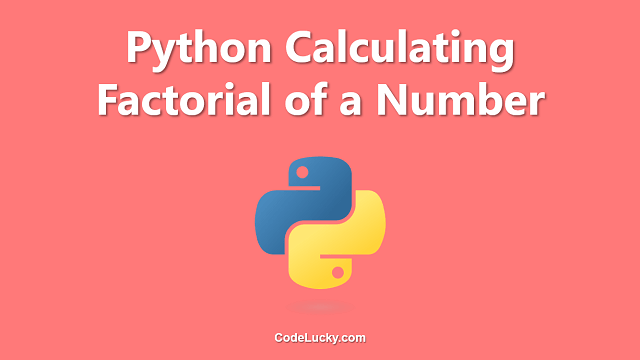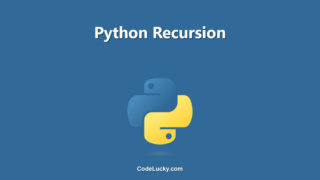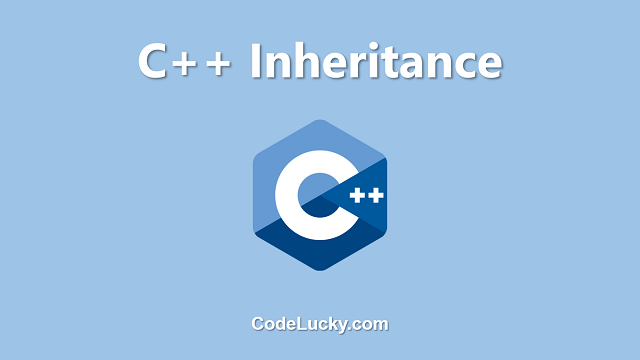In C++, recursion is a technique in which a function calls itself repeatedly in order to solve a problem. The function that calls itself is known as the recursive function, and the problem it is trying to solve is known as the base case. Recursion can be a powerful tool for solving certain types of problems, and it is an important concept to understand in computer science and programming.
Basic Example of Recursion
A simple example of recursion is the function to calculate the factorial of a given number. The factorial of a number is the product of all the integers from 1 to that number. For example, the factorial of 5 is 5 * 4 * 3 * 2 * 1, which is equal to 120. Here is an example of a C++ function that calculates the factorial of a number using recursion:
int factorial(int n) {
if (n == 0) {
return 1;
}
return n * factorial(n - 1);
}
In this example, the function is called “factorial” and it takes an integer parameter “n”. The function first checks if the input is 0, and if it is, it returns 1. This is known as the base case. If the input is not 0, the function calls itself with the input decremented by 1. The function keeps calling itself with a decremented input until it reaches the base case. At this point, the function will start returning the multiplied values, and the final returned value will be the factorial of the given number.
Advantages of Recursion
Recursion has several advantages over other techniques for solving problems. One of the main advantages is that it can lead to more elegant and simpler code. For example, the factorial function above is much shorter and easier to understand than an equivalent iterative solution. Additionally, recursion can be more intuitive for solving certain types of problems, such as problems that involve breaking down a problem into smaller sub-problems.
Recursion also has the advantage of being more concise and easier to read. It can help to break down complex problems into simpler, more manageable sub-problems. Many problems that are difficult or impossible to solve with iteration can be easily solved with recursion. For example, problems that involve traversing tree or graph structures, or finding all possible solutions to a problem.
Disadvantages of Recursion
Recursion also has some disadvantages. One of the main disadvantages is that it can be less efficient than iteration. Recursive functions call themselves multiple times, which can lead to a large number of function calls and a significant amount of overhead. This can make recursive solutions less efficient than iterative solutions for large inputs or problems that need to be solved quickly.
Another disadvantage of recursion is that it can be harder to debug than iteration. Because a recursive function calls itself, it can be difficult to trace the flow of execution and understand what is happening at each step. Additionally, recursion can also lead to stack overflow errors if the recursive calls are not properly managed. It is important to include a proper base case and make sure the recursion will eventually end.
When to use Recursion
Recursion should be used when the problem can be broken down into smaller sub-problems that are similar to the original problem. For example, problems that involve traversing tree or graph structures, or finding all possible solutions to a problem are good candidates for recursion. It should also be used when the solution to a problem is more elegant and simpler using recursion.
Additionally, recursion can be a powerful tool for solving problems in mathematical and computational fields, such as combinatorics, algebra, and calculus. It can also be used in computer science and programming for tasks such as searching, sorting, and traversing data structures.
However, it is important to keep in mind the potential disadvantages of recursion, such as lower efficiency and harder debugging. In cases where performance is crucial or the input size is large, an iterative solution may be more appropriate.
Tower of Hanoi Problem
One real-life example of recursion in C++ is the implementation of the Tower of Hanoi problem. The Tower of Hanoi is a mathematical puzzle that consists of three rods and a number of disks of different sizes, which can slide onto any rod. The puzzle starts with the disks in a neat stack in ascending order of size on one rod, the smallest at the top, thus making a conical shape.
The objective of the puzzle is to move the entire stack to another rod, obeying the following simple rules:
- Only one disk can be moved at a time.
- Each move consists of taking the upper disk from one of the stacks and placing it on top of another stack or on an empty rod.
- No disk may be placed on top of a smaller disk.
Here is an example of a C++ function that solves the Tower of Hanoi problem using recursion:
void towerOfHanoi(int n, char from_rod, char to_rod, char aux_rod)
{
if (n == 1)
{
cout << "Move disk 1 from rod " << from_rod <<
" to rod " << to_rod<<endl;
return;
}
towerOfHanoi(n - 1, from_rod, aux_rod, to_rod);
cout << "Move disk " << n << " from rod " << from_rod <<
" to rod " << to_rod << endl;
towerOfHanoi(n - 1, aux_rod, to_rod, from_rod);
}
In this example, the function is called “towerOfHanoi” and it takes four parameters: the number of disks (n), the rod to move the disks from (from_rod), the rod to move the disks to (to_rod) and the auxiliary rod (aux_rod).
The function first checks if there is only one disk, in which case it will print a statement telling us that disk 1 is being moved from the from_rod to the to_rod and the function will terminate.
Otherwise, the function will call itself twice, once to move the top n-1 disks from the from_rod to the aux_rod using the to_rod as an auxiliary rod and the second time to move the n-1 disks from the aux_rod to the to_rod using the from_rod as an auxiliary rod.
The function will keep calling itself until the base case of n=1 is reached, when the function will print the appropriate statement and terminate.
At this point, the function will start returning the steps of solving the puzzle and the final returned value will be the solution of the Tower of Hanoi problem with n number of disks.
This problem can be easily solved using recursion because it involves breaking down the problem into smaller sub-problems. Recursion makes it easy to understand the logic of the problem and the solution is more elegant and concise.
Conclusion
In conclusion, recursion is a powerful technique in C++ for solving certain types of problems. It can lead to more elegant and simpler code, and can be more intuitive for certain types of problems. However, it is important to be aware of the potential disadvantages of recursion, such as lower efficiency and harder debugging. The choice between using recursion and iteration should be based on the specific problem and requirements of the project.







